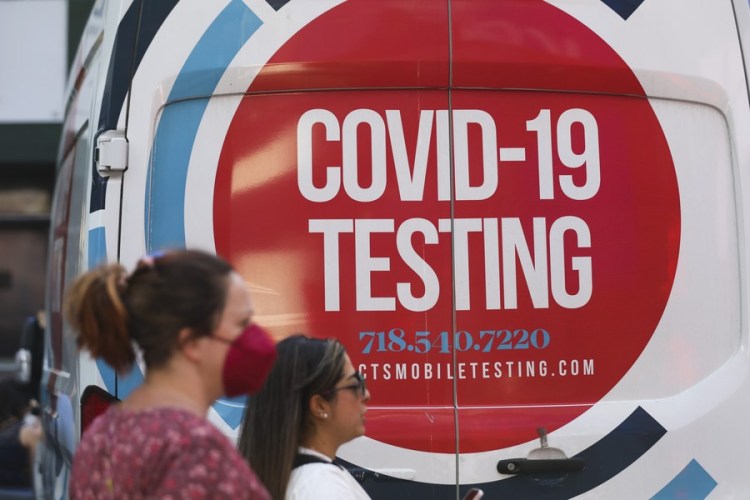Study identifies risk factors for long COVID


While doctors are working hard to understand who gets long COVID and why, researchers at the University of Southern California have found some answers: those who are obese and experience hair loss are at greater risk.
The research, published this month in Scientific Reports, found 23 percent of COVID-19 sufferers were still grappling with symptoms 12 weeks after becoming infected and identified some risk factors.
Unlike previous studies that provided a limited perspective on long COVID, for example, some focused on hospitalized patients, the researchers at USC said they use "a sample representing the US community population".
Their research was based on an internet-based national survey — the Understanding Coronavirus in America tracking survey, conducted by USC's Center for Economic and Social Research, with an estimated 8,000 respondents from across the country.
Participants were invited to answer biweekly questions about COVID from March 2020 to March 2021. Their final sample included 308 infected, non-hospitalized individuals who were interviewed one month before, around the time of infection and 12 weeks later.
The researchers found the most common new-onset persistent symptoms among those long COVID patients were headache, runny or stuffy nose, abdominal discomfort, fatigue and diarrhea.
In addition, they found that long COVID was more likely among people who were obese and those who experienced hair loss, headache or sore throat during infection.
Several previous studies have identified women or those with underlying conditions as being at greater risk.
But USC researchers said in this sample there was a lack of evidence relating the risk of long COVID to preexisting health conditions such as diabetes or asthma, or age, gender, race/ethnicity, education or current smoking status.
Long COVID, also known as post-COVID conditions, refers to the long-term effects experienced by some people who have been infected with the coronavirus. The World Health Organization defines long COVID as symptoms that last 12 weeks or longer.
Long COVID conditions can include a wide range of ongoing health problems, which can last weeks, months, or years. Anyone who has been infected can experience long COVID, even people who had mild illness or no symptoms from COVID-19, according to the US Centers for Disease Control and Prevention.
Sometimes the symptoms can even go away only to return. Most patients' symptoms slowly improve with time. However, for some people, post-COVID conditions may last months, and potentially years, and may sometimes result in disability.
There is no test to diagnose post-COVID conditions, and people may have a wide variety of symptoms that could come from other health problems. That can make it difficult for healthcare providers to recognize post-COVID conditions, according to the CDC.
"Long COVID is a major public health concern. Twenty-three percent is a very high prevalence, and it may translate to millions of people," Qiao Wu, first author of the study and a doctoral candidate at USC, told USC News.
"More knowledge on its prevalence, persistent symptoms and risk factors may help healthcare professionals allocate resources and services to help long haulers get back to normal lives," said Wu.
While commending the efforts of the research to identify factors associated with long COVID, Alain Lekoubou Looti, a neurologist at Penn State University told the Los Angeles Times, "However, these factors may need to be confirmed in larger samples."
According to the CDC's data, people who experience long COVID most commonly report tiredness or fatigue, chest pain, diarrhea, and neurological symptoms, such as difficulty thinking or concentrating, sleep problems, lightheadedness, and depression or anxiety.
But the study didn't address many of the symptoms that people suffering long COVID describe as the most debilitating.
"We need work like this, but this work also indicates they aren't very familiar with what long COVID is," Hannah Davis, a co-founder of the Patient-Led Research Collaborative, told the Los Angeles Times. His group is composed of long COVID patients who are also researchers.
"The list of symptoms is predominantly acute COVID symptoms and don't include the most common symptoms of post-exertional malaise, cognitive dysfunction, memory loss, sensorimotor symptoms and others," she said.

































